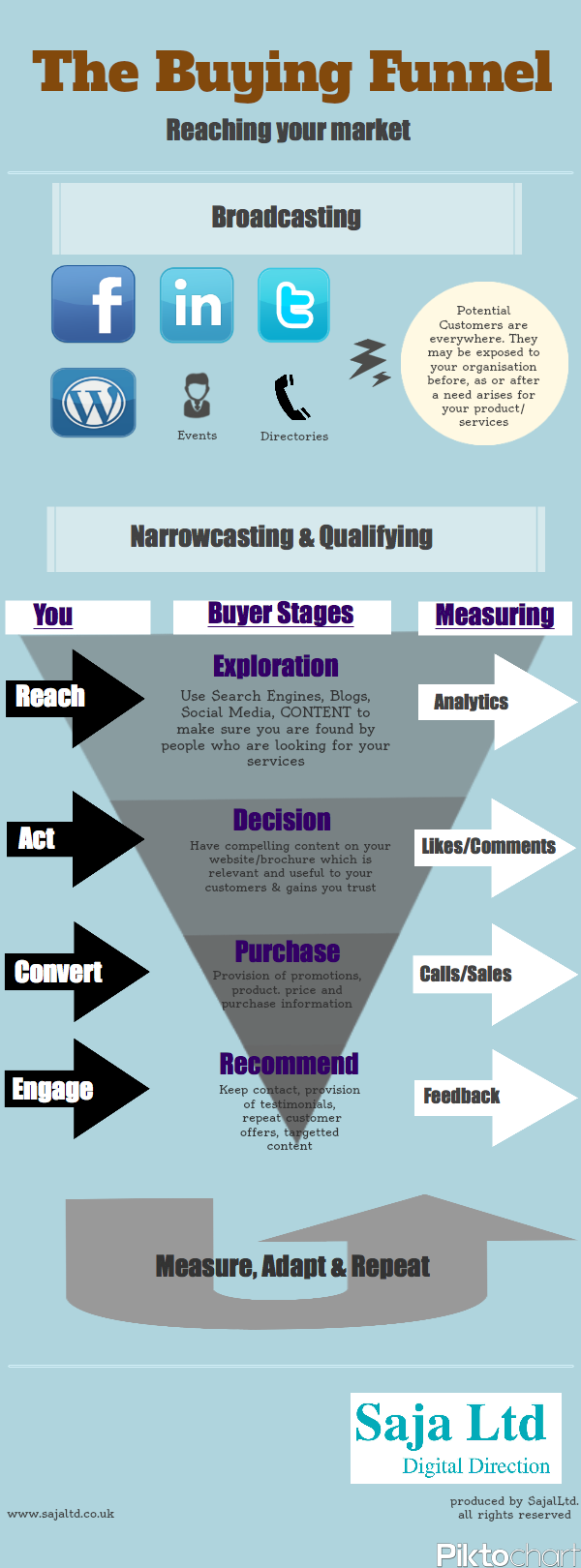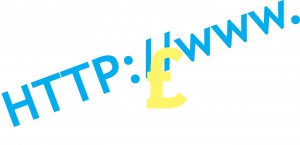The other day I wrote a blog noting that one of the most common questions I’m asked is how much does it cost to build a website in which I tried to explain why this is also such a difficult question to answer, and why it may not be the question which organisations should be asking.

Another concern which seems to come up quite alot is “I have a website but it is not doing me any good.” When I dig a bit further into what is meant by this it often turns out that though they have set up a website they are not seeing any increase in customers as a result.
Fixing this problem is as important as fixing a website that doesn’t load, or one that has issues with it’s appearance when it does load. If a website isn’t loading then the fact it’s broken is quite obvious, however when everything appears to be working fine technically but the site isn’t achieving what it was built to do then something else must be broken.
Here are some questions you can ask to see if you know whether your website is working for you:
- Do you have analytics on your website to tell how many potential customers are visiting your site and do you know how to interpret the numbers you are getting?
- Does your website have goals or objectives as to what you are trying to achieve with it? (ie is it trying to sell something, is it generating leads/contacts or are you providing an information service) and can you measure the success of these specific goals?
- Do you understand the steps your customers go through before making a decision to use your service, and are you able to measure your impact at each of these stages?
Potential customers go through many stages before making a decision to use a service or buy a product, and by being able to measure your effectiveness at each stage in reaching out to these customers it will help you to serve them better.
There are many challenges with marketing online in ensuring you are effective at each of these stages but two of the most common issues are: high volumes of traffic but no increase in customers purchasing or contacting you, suggesting the visitors are not getting something they need; or low volumes of traffic, suggesting some extra digital marketing is required possibly from some Search Engine Optimisation (SEO) improvements. Both of these can be resolved by analysing the traffic to your website to highlight where the potential issues are and often they can be improved by making some fairly simple changes. However the most important thing is to understand what your objectives of your website are so that you can make sure these are being met.
By understanding what stages your customers go through, and by understanding your goals for interacting with your customers at each of these stages, you can then put in place ways to meet both you and your customers needs. Then by measuring your success at each stage you can start to make improvements based on your findings: a recipe for continued success!
Whether you’re an expert at looking at web statistics or not, sometimes if you are running a business it can be difficult to take a step back and look at your customers’ journey in finding you. Often it can be helpful to have some support giving a fresh perspective, particularly in identifying ways to fix any issues with a site not being as effective as it can.
Whatever your reason, if you’d like support to analyse whether your website is working for you, or to help you to meet your website’s goals better, then get in touch – I’d love to help you be as successful as you can.



